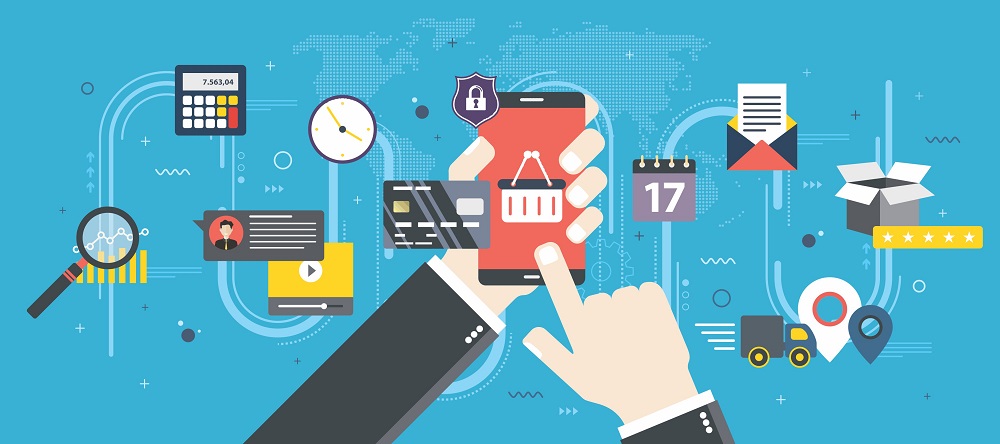Shipping rates and surcharges are still increasing, with the result that for many ecommerce companies logistics related expenses — such as shipping, packing, and storage —now account for as much as 25% of cost of goods sold (COGS). An increasing number of small parcel shippers are turning to logistics technology as an effective way to manage logistics cost reduction.
Here’s a snapshot of five ways technology can drive cost-efficiency in a shipping operation.
1. Carrier selection
When done manually, carrier selection is a time-intensive process entailing complex calculations to determine the best combination of rates and lanes for a particular shipment. Specialized shipping technology, such as a Transportation Management System (TMS), enables companies to easily select the best carrier for every shipment in real time based on cost and service level. In fact, in an ARC survey, respondents indicated freight savings of approximately 8 percent with the use of a transportation management system.
With the greater selection of delivery options available to them via technological solutions, logistics decision-makers are better able to balance cost and service for each shipment. Technology can also assist with vetting carriers to make sure they are insured, are well-rated, and provide required services such as load tracking.
2. Transportation Updates in Real Time
Most customers — and shippers — now expect real-time track and trace as a standard part of package delivery. Technology allows the use of key shipping data to improve logistics management, like tracking and proof of delivery to be transmitted to the customer in real time. Using methods of data interoperability such as geofencing or APIs in logistics provides customers with real-time delivery location and status almost instantaneously. Frustrating phone calls to dispatchers and drivers to chase down packages are now a relic of history.
3. Improved routing
Load planning and driver routing can significantly improve efficiency, reducing transportation costs. For companies with complicated delivery patterns, there is little certainty their networks are really optimized no matter how much time and money they expend on planning. Technology, however, can do in seconds what it would take a human hours to do, and it can do it accurately, every time. This is a major benefit in terms of developing routes from a strategic perspective that incorporates a multitude of factors, such as carrier rates, delivery windows, and other requirements.
4. Reduced paperwork
Historically, logistics runs on paperwork, with every point along the way having its own set of forms and paperwork requirements. For logistics managers and their teams, it’s easy to become bogged down in all of the manual paper-based processes that they are responsible for. Not to mention that a single error can cause problems up and down the supply chain. Digitization of documentation cuts down not only the number of errors, but also the time commitment, freeing logistics professionals to concentrate on more productive and beneficial tasks that reduce logistics costs. Logistics technology also allows for the data to be stored in a central location, making it accessible to everyone who needs it.
5. Happier customers
The ultimate consequence of the benefits outlined above is happier customers. More efficient logistics operations mean that packages get out the warehouse door and to the customer’s door faster, while centralized data storage plus real-time track and trace remove the uncertainty for customers of when their order will arrive. Integrated processes and systems increase transparency and communication between the company, carrier, and customer in ways that have never before been possible. And for ecommerce companies, as with all companies, happy customers are loyal customers.


